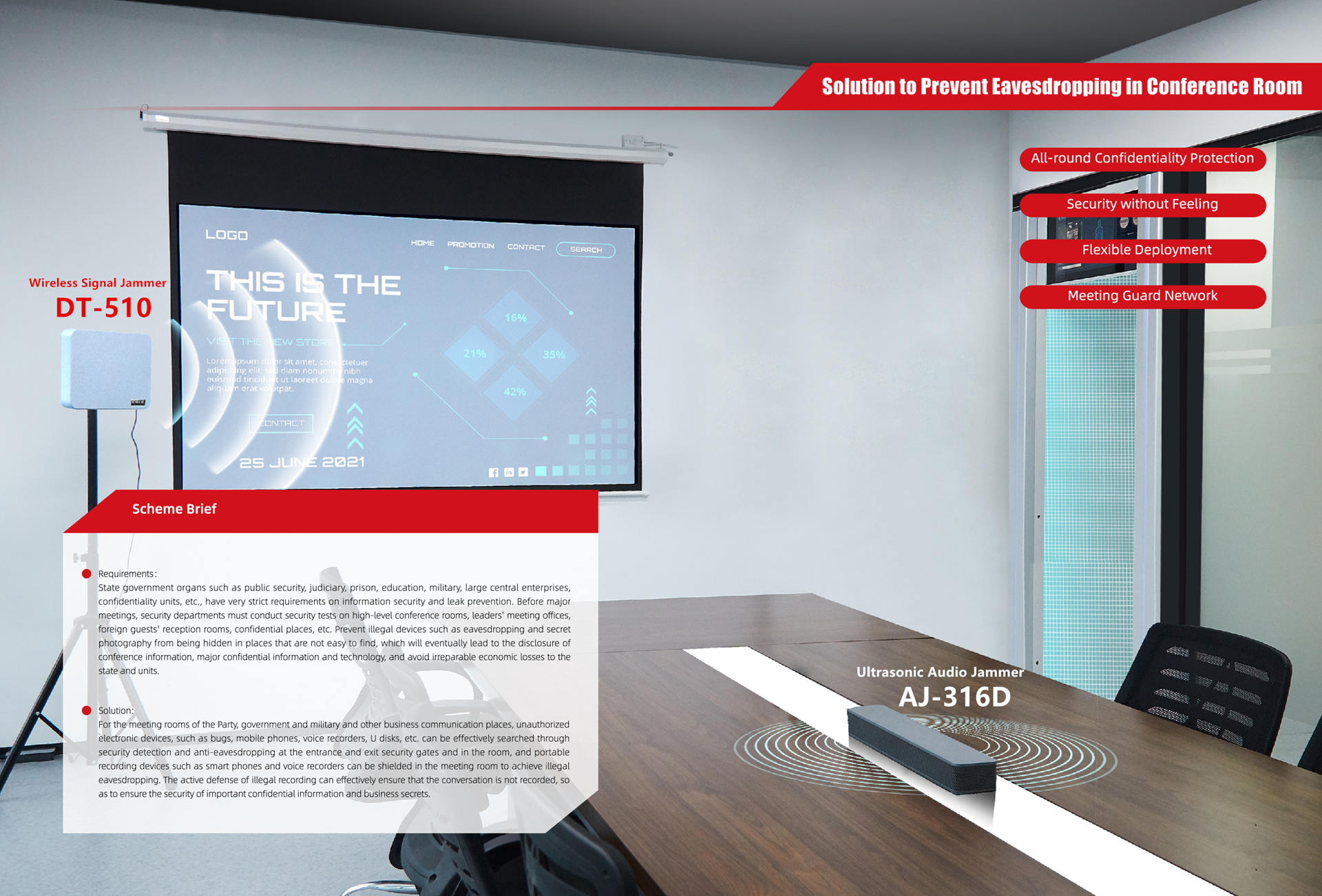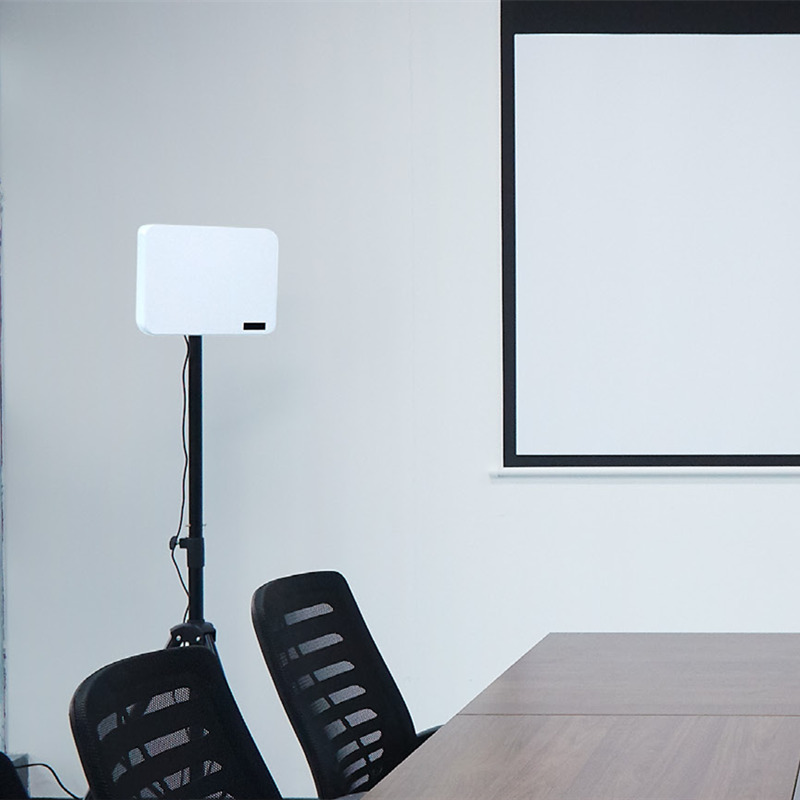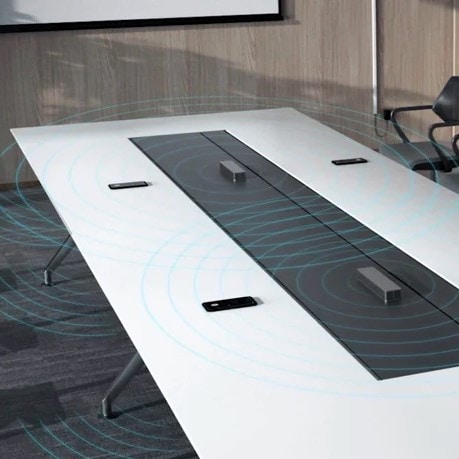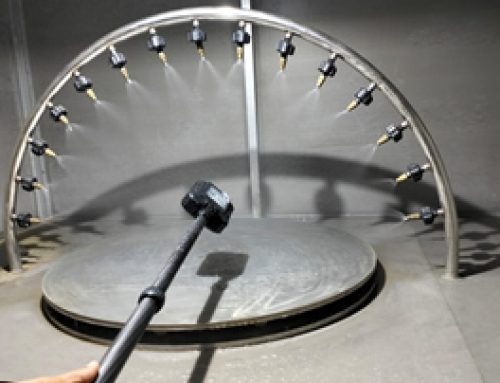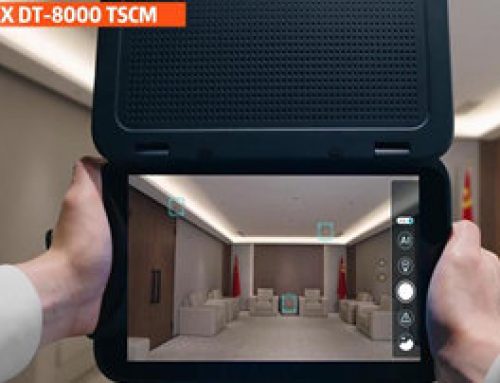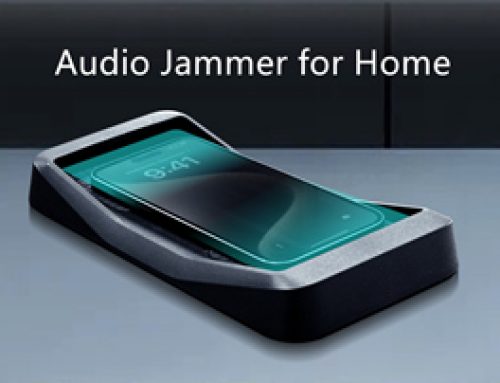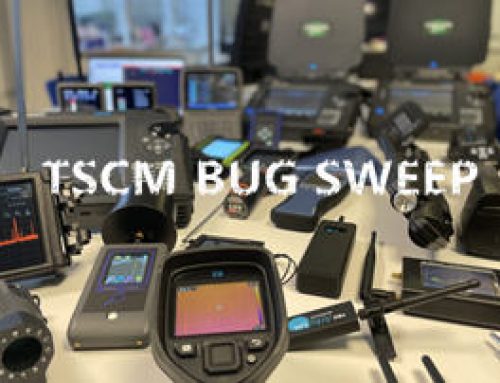How to prevent eavesdropping in Conference Room?
When conducting anti-bugging detection, companies should prioritize the boss’s office and the conference room. The office is a clear target since leaders handle sensitive information and make confidential calls there daily. However, the conference room poses an even greater risk of eavesdropping. Unlike the boss’s office, conference rooms often have less stringent security, allowing criminals to potentially install eavesdropping devices. Additionally, the numerous potential leak points in conference rooms make anti-eavesdropping detection more challenging.
Typical areas where hidden eavesdropping devices might be found:
1. Projector: If a projector has been installed with some virus plugins, itwill lead to the leakage of projected content.
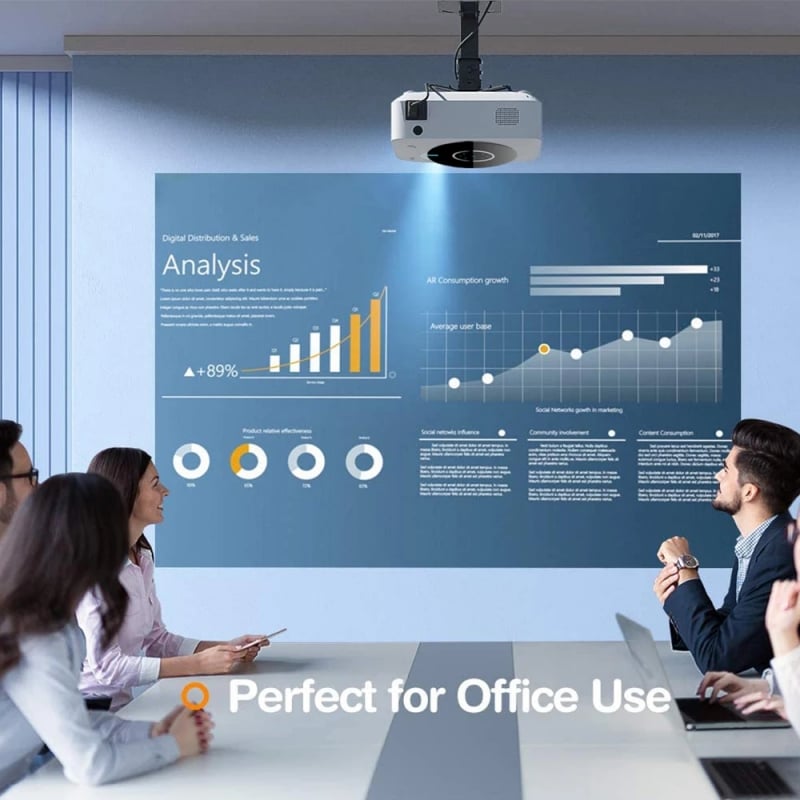
2. Smoke Detector: A smoke detector may be installed with a pinholefacing the screen, which will lead to data leakage.
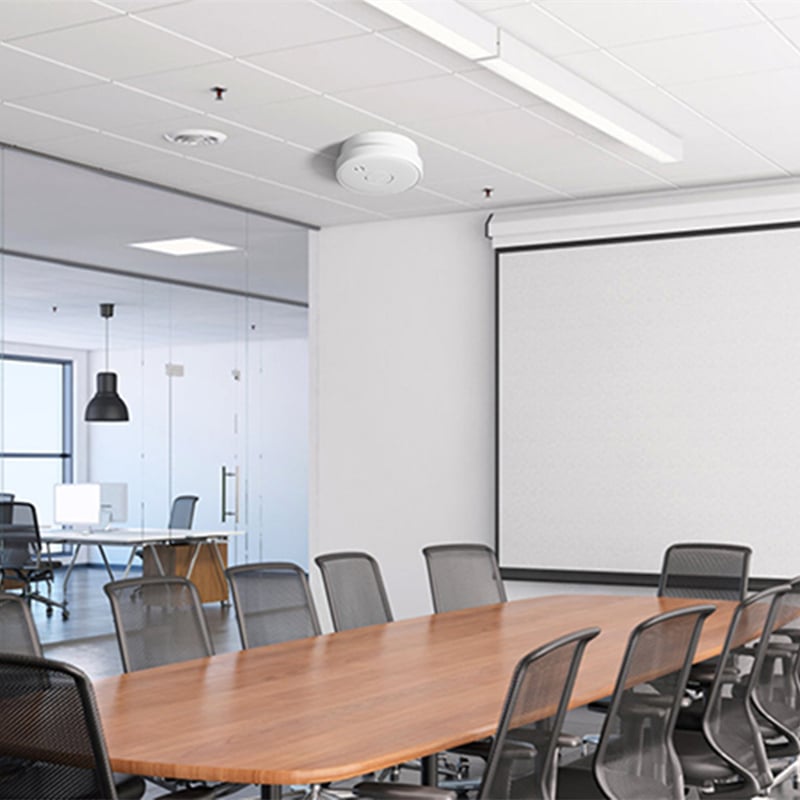
3. Glass Windows: Criminals can use laser eavesdropping to obtain confidential information through big glass windows.
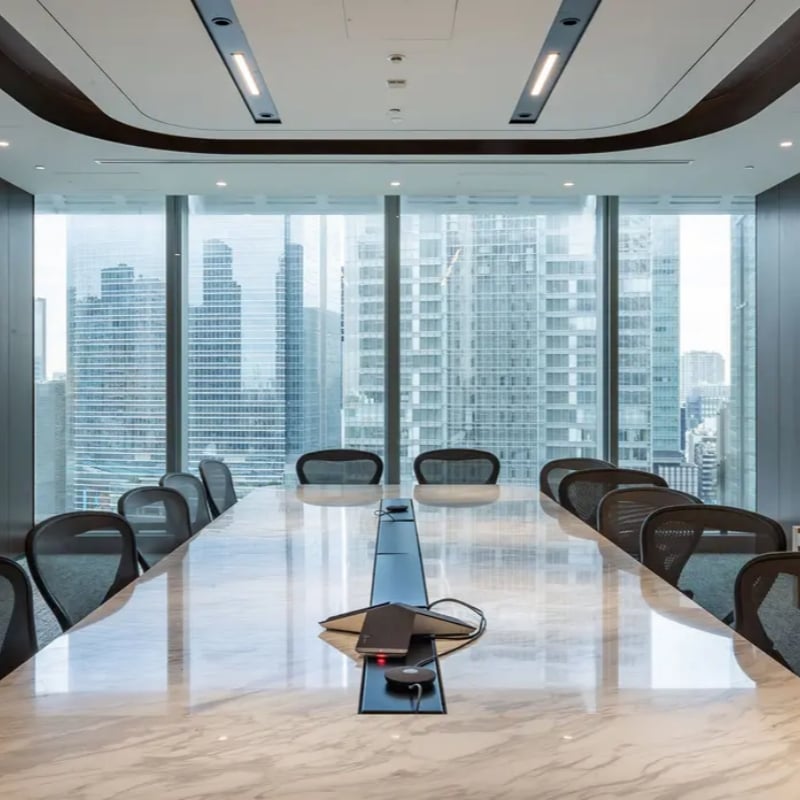
4. Illegal Audio Recording: Participants may use mobile phones, voice recorders and other electronic recording equipment to record the meeting content, resulting in data leaks.
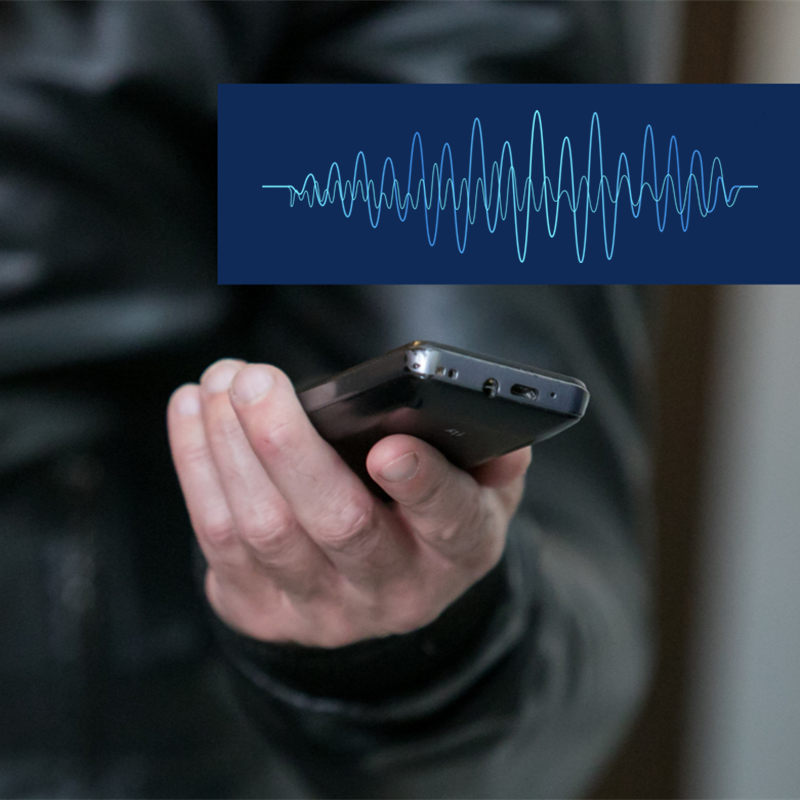
4. Electromagnetic Leakage: If the conference computer is close to the window, confidential content can be obtained through the electromagnetic signal of the computer.
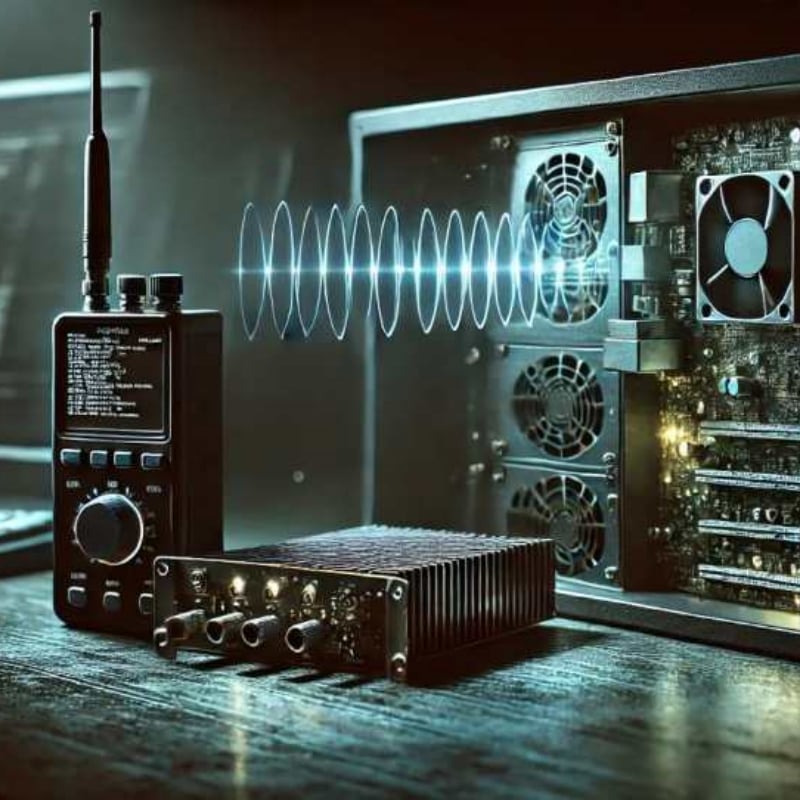
6. Microphone leaks: Eavesdropping equipment installed on microphones can lead to significant information leaks, as these devices capture and transmit sensitive conversations without detection.
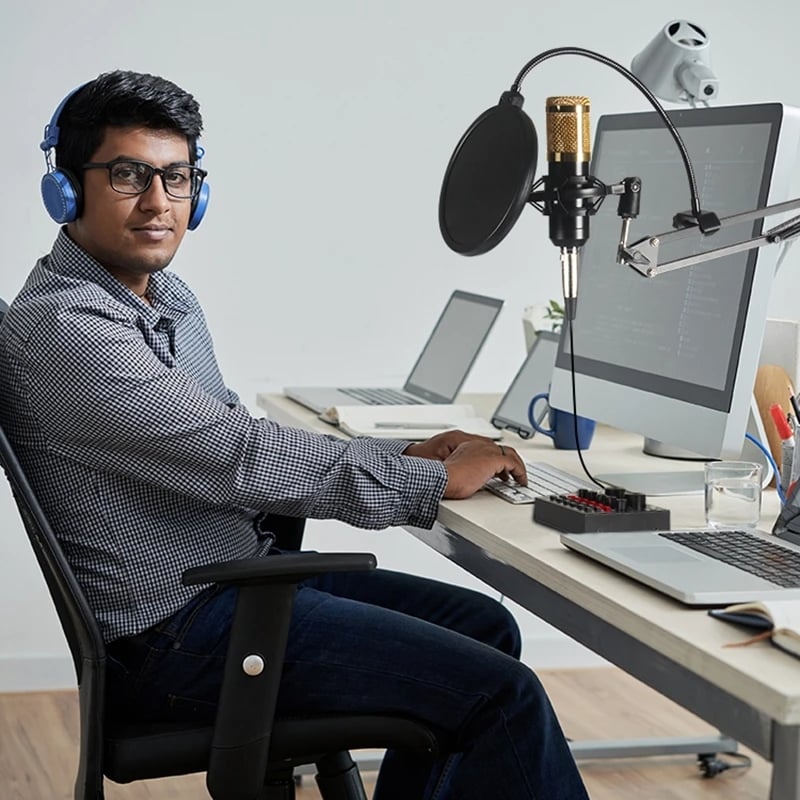
7. Eavesdropping Device Leakage: Eavesdropping Device may be hidden in any corner of the conference room, such as green plants, table bottom, under the bench, wall seams and other places.
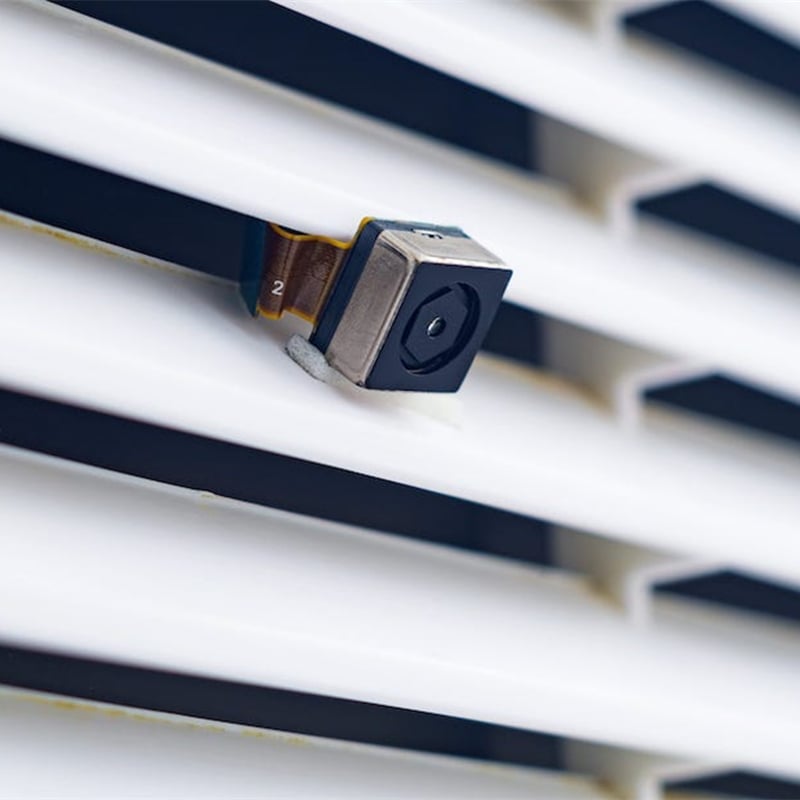
8. Light leakage: LED lights can be equipped with circuit modules that enable sound encoding and modulation, making them potential tools for eavesdropping in the conference room.
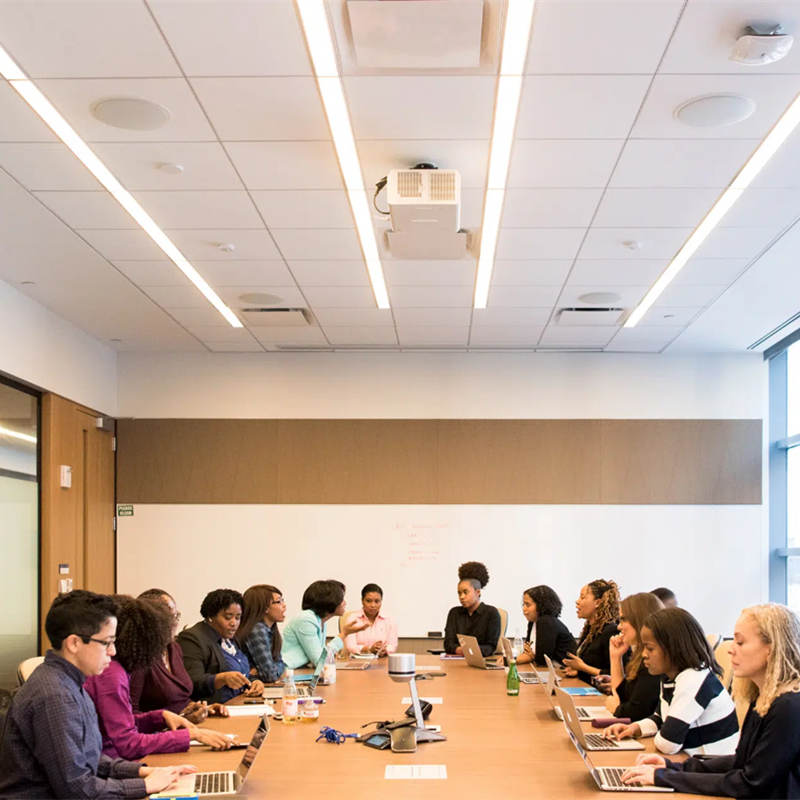
9.Intelligent Devices: Eavesdropping can be achieved by compromising the conference room’s intelligent devices such as smart speakers, to capture and transmit sensitive information without detection.
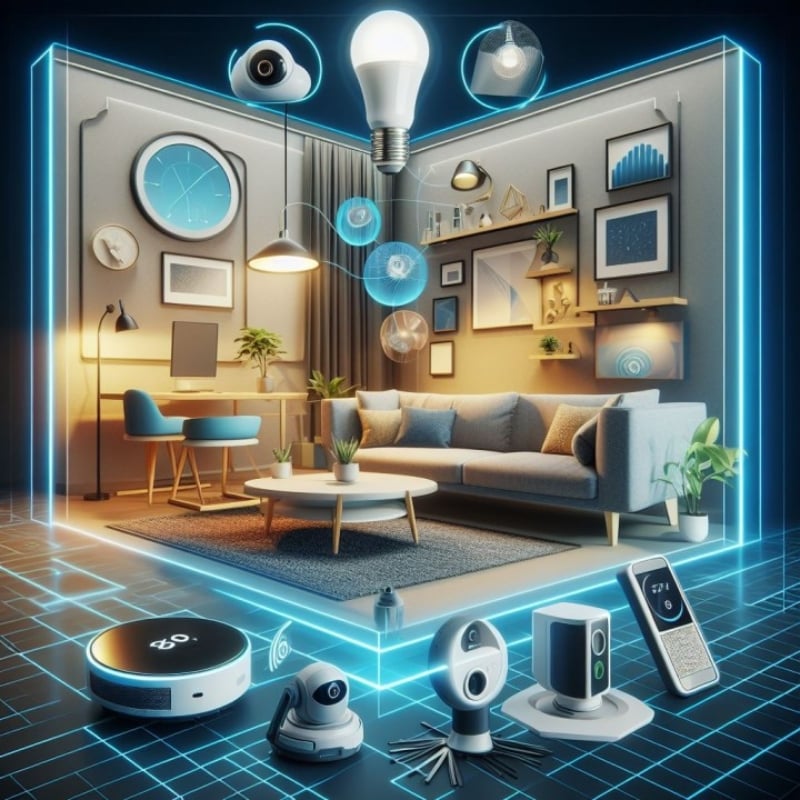
A quick survey reveals that many areas in a conference room are at risk of information leaks. For those not specialized in anti-eavesdropping and anti-surveillance, detecting these vulnerabilities can be challenging.
So, how can we effectively conduct anti-eavesdropping measures in a conference room?
1. Encrypted Communications: Ensure that confidential documents and materials used in meetings are encrypted with appropriate software and hardware to protect information during transmission.
2. Physical Security: Close doors and windows during meetings, apply laser protective film to conference room glass, install electromagnetic shielding curtains, and consider using jamming devices.
3. Regular Inspections: Regularly check equipment and furnishings in the conference room to eliminate potential eavesdropping devices.
4. Personnel Security: Train staff on anti-eavesdropping and anti-tapping techniques so they can understand the risks and identify suspicious equipment.
5. Electronic Device Security: Ensure electronic devices used during meetings are secure, updated to the latest systems, and have antivirus software installed. Prevent unauthorized devices from connecting to the network.
6. Comprehensive Security Inspection: Conduct a thorough anti-eavesdropping security inspection of the conference room before major meetings involving confidential content to reduce the risk of eavesdropping.
By incorporating these practices, you can significantly enhance the security of your conference room and protect sensitive information from potential eavesdropping threats.
What solution iSecus offer to prevent eavesdropping in Conference Room?
